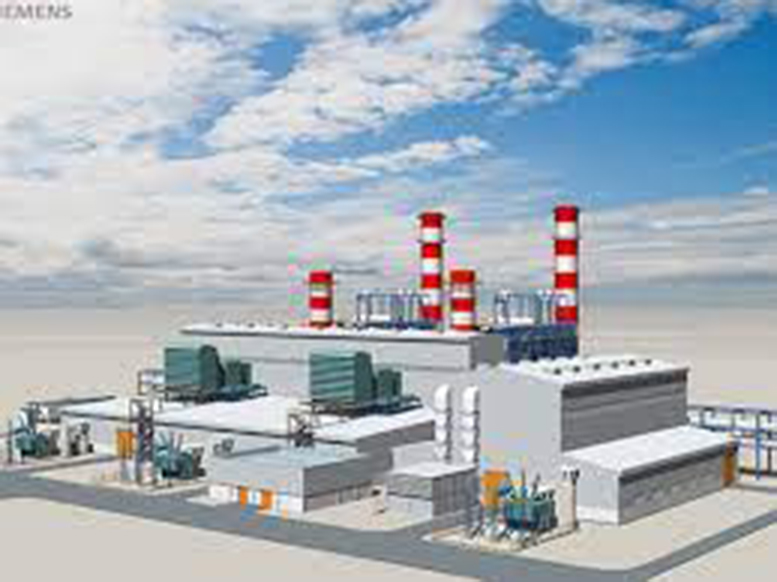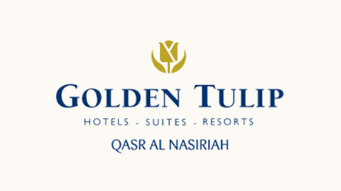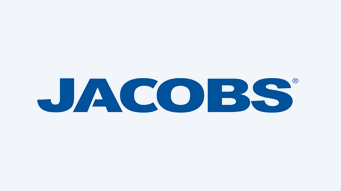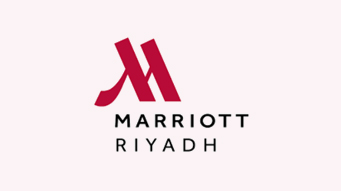
7 Steps at a desalination plant from the sea
It has become self-evident in light of the current global situation, the constant and continuous search to find solutions to water problems, and one of the most important of these solutions is the construction of a desalination plant, and because we are in water care, we believe in the necessity of building a desalination plant. into freshwater. First, the seawater (raw water) is delivered by a suction pump and sent to the desalination plant. Then the raw water is pre-treated before entering into the freshwater RO system due to the presence of a lot of impurities in the seawater, which meets the requirements of the RO feed water.
Basically, the following systems should be available in the construction of a desalination plant, including intake system, pre-treatment system, seawater desalination RO system, energy recovery device, chemical dosing system, cleaning in place (CIP) system, and PLC control system. Here we will review each system in detail:
1- Seawater intake system
This seawater intake system aims to deliver seawater to a freshwater reverse osmosis plant. There are different types of withdrawal methods within the construction of a desalination plant that depends on the water quality in the withdrawal area, geological conditions, meteorological data, and natural disasters, such as the intake of beach wells, groundwater intake, open seawater…..etc.
2- Pre-treatment system
Inorganic suspended solids, sand, soil, mud, bacteria, and dissolved organic matter are susceptible to damage to reverse osmosis (RO) membranes. Therefore, a pre-treatment system is required to conduct a high-quality pre-treatment process that plays an important role in the operation of the SWRO plant, in order to prevent contamination of the reverse osmosis membrane. The construction of this desalination plant usually adopts pre-filters, including multimedia filters, activated filters, and fine safety filters, it is necessary to check how the multi-media filter works in desalination systems.
Multi-media filter and activated carbon filter filled with refined quartz sand and cocoa nut activated carbon respectively to remove suspended solids, foamy particles, residual chlorine, microorganisms, odor, and other particles in the raw water. The coagulant is added via a dosing pump before the raw water enters the multimedia filter. The floc formed from the coagulant and colloids is then removed through the filter, to meet the requirements of the reverse osmosis feed water.
To prevent particles in the raw water and pipes from entering the HP pump and reverse osmosis unit, two safety filters are selected one by one as the reverse osmosis pre-treatment. The two sets of filters have a resolution of 5 μm and 1 μm, respectively. Under normal working conditions, the filter element should be changed in time when the pressure difference between the filter inlet and outlet is higher than 1 bar. The filter structure can allow the filter element to be changed quickly.
3- Reverse osmosis system for seawater desalination
The RO system uses the semi-permeable membrane to remove organic matter, colloidal particles, and bacteria from the feed water and produce desalinated freshwater. The semi-permeable membrane separates the water from the salt solution, and the water permeates the side of the salt solution under osmotic pressure. If a certain pressure greater than the osmotic pressure is applied to the salt solution, the water will permeate in the opposite direction. This phenomenon is called reverse osmosis. Reverse osmosis permeability is purified, removing 98% of the dissolved solids from the feed water. The reverse osmosis solution with TDS is concentrated about twice that of the feed water.
4- Energy recovery system
The function of the energy recovery device is to reduce energy consumption and cost by recycling and reusing the pressure energy from the high pressure concentrated seawater of the RO system. An Energy Recovery Device (ERD) is key to saving energy in the operation of any SWRO product, the PX Pressure Exchanger is the most efficient solution available today and can reduce SWRO energy consumption by up to up to 60 percent.
5- Chemical dosing system
The chemical dosing system is a very important part of the whole water treatment system, including the coagulant and bactericidal dosing device in the pretreatment, the anti-scale and reduction dosing device before the first level of reverse osmosis, and the pH adjustment dosing before the second RO system. Each dosing device consists of a chemical tank, a dosing pump, and dosing tubes. All dosing devices are well designed and centrally installed for reliable and easy operation, supervision, cleaning, and maintenance.
6- CIP cleaning system
With the better pretreatment design of the RO device, there is no need to clean the membrane element frequently. However, no matter how perfect the pretreatment design is, there will be various kinds of pollutants formed on the membrane surface to some extent in the long-term operation process, which will degrade the membrane performance and increase the pressure difference between the inlet and outlet. Therefore, with the exception of low-pressure cleaning, the dirt on the surface of the RO membrane sometimes requires regular chemical cleaning, as well as disinfection. The cleaning device consists of a cleaning tank, a cleaning pump and a filter cleaning. Here is the process of how to clean a seawater reverse osmosis system.
7. PLC control system
Use the integrated performance test software to conduct an innovative industrial PLC control, which ensures the online remote monitoring of process meters and system performance, and also enables remote users to be notified of system malfunctions and maintenance requests in detail.
























